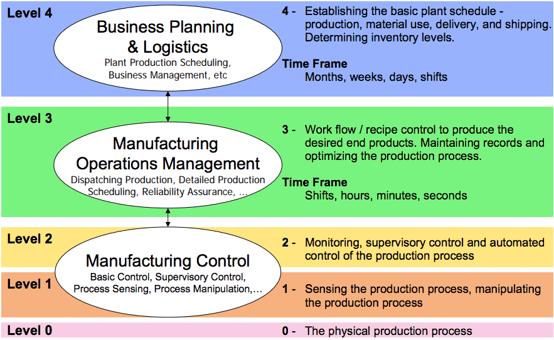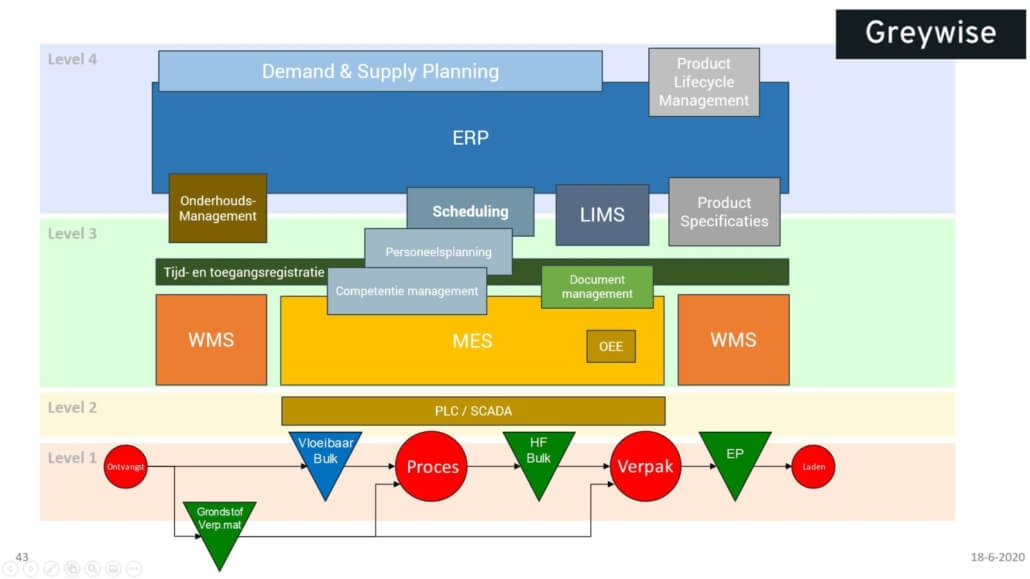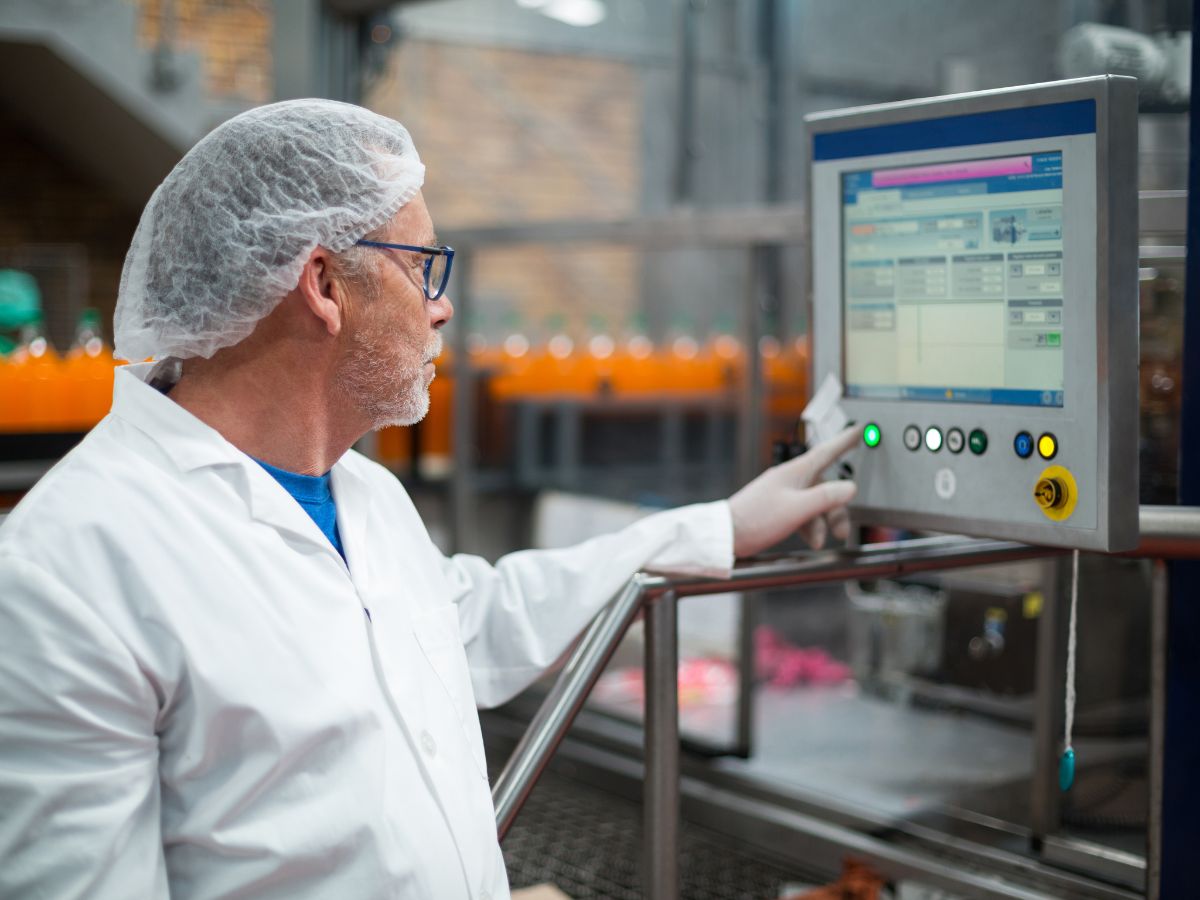MES emerged in the mid-1980s as a bridge between PLC/SCADA systems and ERP systems. An MES receives production orders from the ERP system and provides essential information to various production departments. Through PLC/SCADA, the MES collects data from production and communicates it back to the ERP system.
Evolving Functionalities
Initially, MES solutions were quite limited in their capabilities. As companies gained more experience with MES, the demand for additional functionalities grew. In response, vendors expanded their systems with features related to quality, inventory management, and maintenance, integrating them more closely with ERP systems. To describe these expanded applications, the term MOMS was introduced.
What Does MOMS Include?
MOMS aims to make production as efficient as possible while minimizing waste. MOMS software encompasses various aspects:
- MES: Efficient control of production, recipe management, and production data collection.
- WMS: Smart management of personnel, equipment, inventory, and AGVs in warehouses, ensuring just-in-time operations.
- Scheduling: Optimizing the use of labor and machinery for maximum flexibility.
- QC: Quality control and assurance of raw materials and finished products.
MOMS, MES, and the ISA-95 Model
According to the ISA-95 model, which describes different layers of manufacturing processes, Manufacturing Operations Management (Level 3) falls under MOMS. This includes MES, WMS, LIMS, and OEE. Some MOMS vendors have developed particularly mature MES and WMS functionalities.
Conclusion
While MES is a crucial component of Manufacturing Operations Management (MOM), it is increasingly becoming part of a broader MOMS. This shift reflects the evolution from standalone systems to integrated solutions that support a wider range of manufacturing functions.








